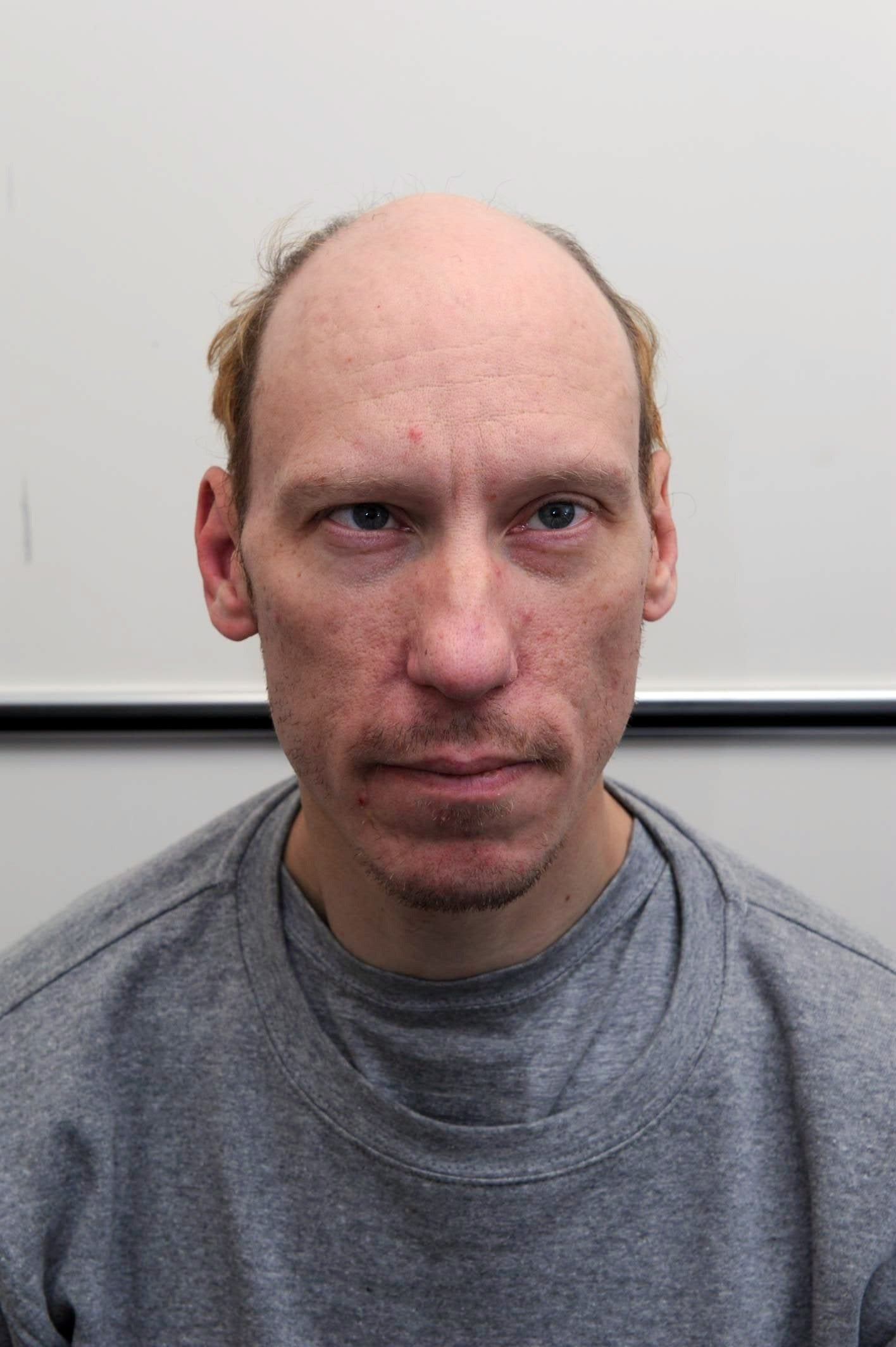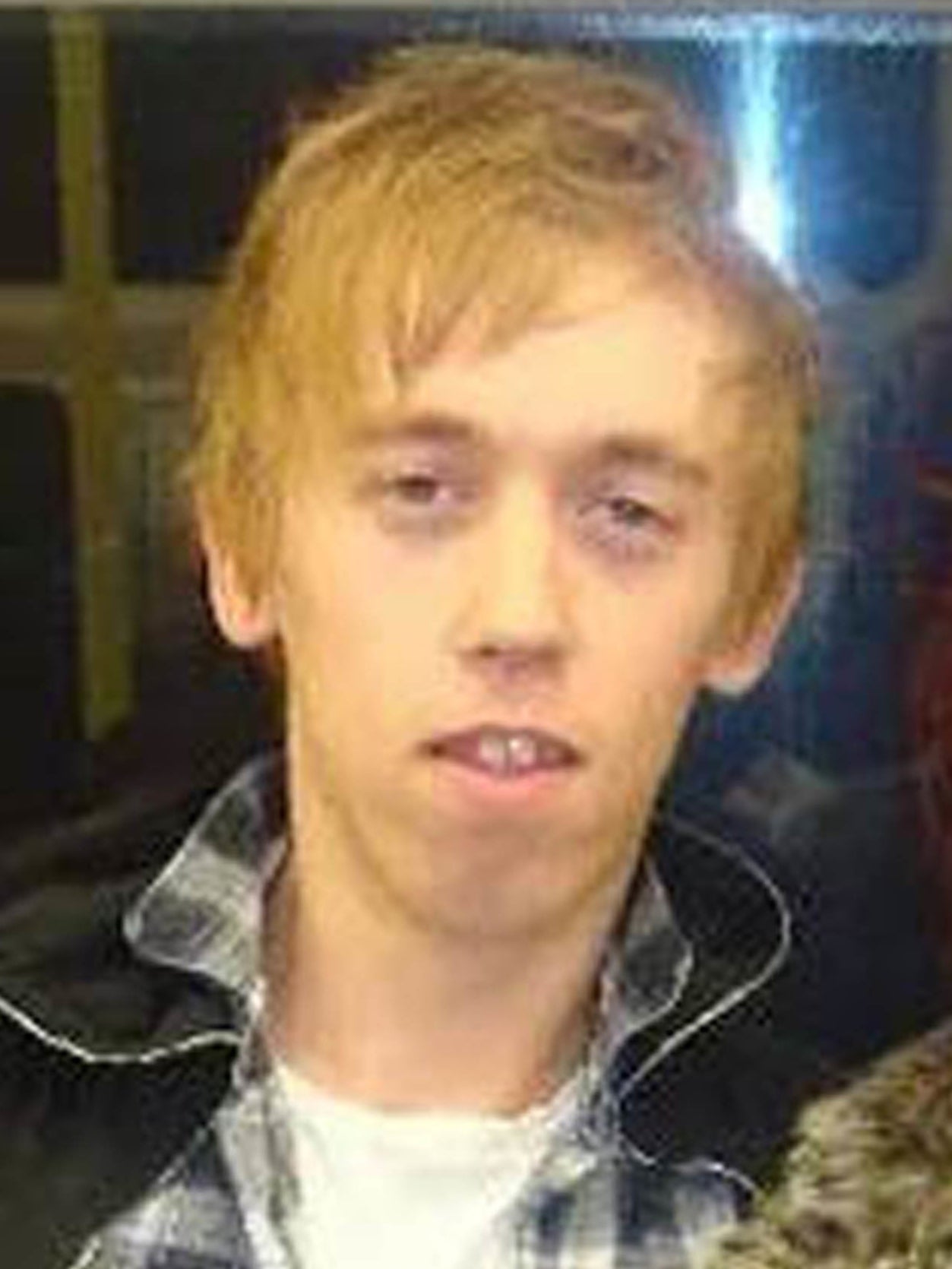Stephen Port: Grindr killer’s first victim ‘may have been dead more than a day before being found’
Killer was found guilty in 2016 of four murders and sentenced to a whole life order

The first victim of the so-called ‘Grindr Killer’ may have lain dead for more than a day before his prone body was discovered, an inquest heard.
Anthony Walgate, 23, was found propped up against a wall outside Stephen Port’s block of flats on Cooke Street, Barking, east London, in the early hours of Thursday June 19 2014 – the first of four drug-related murders of young, gay men carried out by Port over a 16-month period.

It was confirmed by Home Office pathologist Dr Olaf Biedrzycki on Tuesday that Mr Walgate, who worked as an escort, died after being poisoned with excessive quantities of the drug GHB. He ruled out death by “natural causes” following his first post-mortem examination.
Andrew O’Connor QC, counsel to the coroner, said: “The evidence will be that Anthony was alive on Tuesday June 17 and was in touch with some friends and went to Barking that evening.
“We know he met Stephen Port, his body was found in the morning of Thursday June 19.
“The first question is whether in 2014 you (Dr Biedrzycki) were asked to provide an opinion as to when within that time of one-and-a-half days Anthony may have died, and second whether you can have a view now?”
Dr Biedrzycki replied: “I don’t think pathology is helpful.
“I imagine if there was a body at the entrance to the block of flats on Wednesday morning, someone might have seen it.”
He said bruising found on Mr Walgate’s body was consistent with him being moved while still alive – even if unconscious or near-death.
Dr Biedrzycki said: “I don’t think he was dead when those bruises occurred.
“But if he was quite unwell with low pulse, low blood pressure, if he was in the process of dying, it’s possible they would have formed.”
The inquest previously heard that a paramedic and police officers all thought Mr Walgate’s death was suspicious, but were later contradicted by a forensic medical examiner.
The alarm was first raised by Port himself, who initially said he had discovered Mr Walgate making a “gurgling” sound.
In his 999 call, Port claimed not to know what happened to Mr Walgate but later told police they met for a sexual relationship, inquest jurors heard.
He also admitted he had picked him up, dragged him away and propped him up against the wall, jurors were told.
Port was later convicted of lying to police about the circumstances of Mr Walgate’s death.
Fellow victims Gabriel Kovari, 22, and Daniel Whitworth, 21, were found dead by the same dog walker on August 28 and September 20 2014, respectively, in a corner of the walled cemetery near Port’s address.
The final victim, Jack Taylor, 25, was found on the other side of the stone wall on September 14 2015.
Port, now 46, was found guilty at the Old Bailey in 2016 of the four murders and sentenced to a whole life order.
The long-awaited inquest into the deaths is examining whether police made mistakes in their investigation which could have cost lives by failing to stop Port sooner.
The hearing continues.
